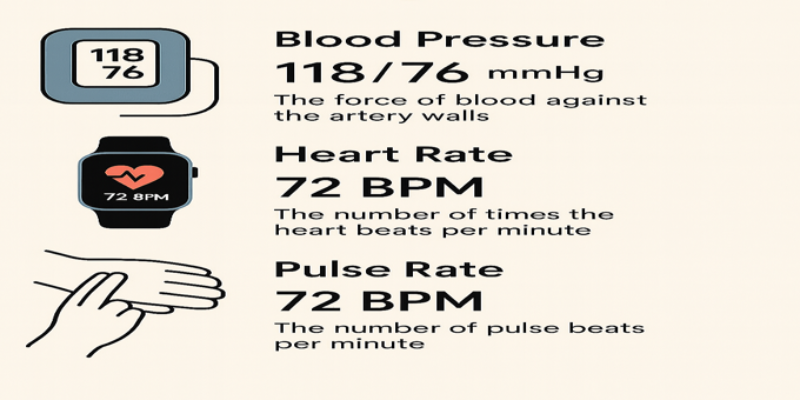Leaders and managers play distinct roles within an organisation, each with unique responsibilities and characteristics. While there is potential for overlap between the two roles, they typically emphasise different aspects of organisational functioning (Northouse, 2018).
Key Differences
1.0 Vision vs. Planning:
- Leaders focus on establishing a compelling vision and long-term goals for the organisation, motivating others to align with this vision (Kotter, 1996).
- Managers are more concerned with day-to-day planning, organisation, and task coordination to achieve short-term objectives (Fayol, 1916).
2.0 Innovation and Change vs. Stability:
- Leaders often drive innovation, encouraging creativity and adaptation to change (Bennis, 1989).
- Managers prioritise stability and efficiency, implementing processes to maintain order and consistency (Drucker, 1974).
3.0 People vs. Tasks:
- Leaders concentrate on understanding and empowering individuals within the organisation, fostering strong relationships and personal development (Goleman, 2000).
- Managers focus on task delegation, monitoring, and ensuring efficient completion (Mintzberg, 1973).
4.0 Inspiration vs. Control:
- Leaders inspire through example and effective communication, fostering a positive work culture (Sinek, 2009).
- Managers exercise control by enforcing policies and procedures to achieve organisational goals (Taylor, 1911).
5.0 Risk-Taking vs. Risk-Aversion:
- Leaders are more inclined to take calculated risks and explore new approaches (Kouzes & Posner, 2012).
- Managers often adopt a cautious approach, prioritising risk minimisation and error reduction (Weber, 1947).
6.0 Long-Term vs. Short-Term Perspective:
- Leaders maintain a long-term perspective, strategising about the organisation’s future and its position in the market (Zaleznik, 1977).
- Managers typically focus on short-term goals and daily operational needs (Fayol, 1916).
7.0 Communication Style:
- Leaders communicate a compelling vision and inspire others through effective storytelling (Denning, 2005).
- Managers provide clear instructions and updates on tasks and projects, focusing on specifics (Mintzberg, 1973).
In successful organisations, a balance of leadership and management skills is often necessary. Ideally, individuals in leadership roles should demonstrate both leadership and management qualities, adapting their approach as needed (Northouse, 2018).
References
Bennis, W. (1989) On Becoming a Leader. Addison-Wesley.
Denning, S. (2005) The Leader’s Guide to Storytelling: Mastering the Art and Discipline of Business Narrative. Jossey-Bass.
Drucker, P. F. (1974) Management: Tasks, Responsibilities, Practices. Harper & Row.
Fayol, H. (1916) General and Industrial Management. Pitman Publishing.
Goleman, D. (2000) Leadership That Gets Results. Harvard Business Review.
Kotter, J. P. (1996) Leading Change. Harvard Business Review Press.
Kouzes, J. M., & Posner, B. Z. (2012) The Leadership Challenge: How to Make Extraordinary Things Happen in Organisations. Jossey-Bass.
Mintzberg, H. (1973) The Nature of Managerial Work. Harper & Row.
Northouse, P. G. (2018) Leadership: Theory and Practice. Sage Publications.
Sinek, S. (2009) Start with Why: How Great Leaders Inspire Everyone to Take Action. Penguin.
Taylor, F. W. (1911) The Principles of Scientific Management. Harper & Brothers.
Weber, M. (1947) The Theory of Social and Economic Organisation. Free Press.
Zaleznik, A. (1977) “Managers and Leaders: Are They Different?”, Harvard Business Review, 55(3), pp. 67-78.













